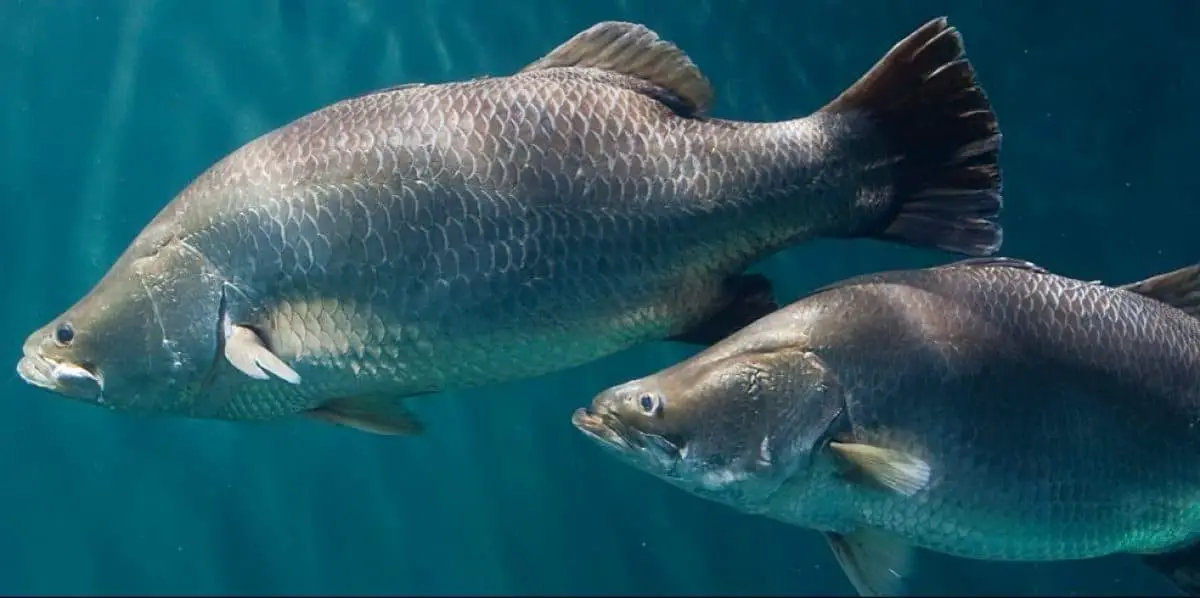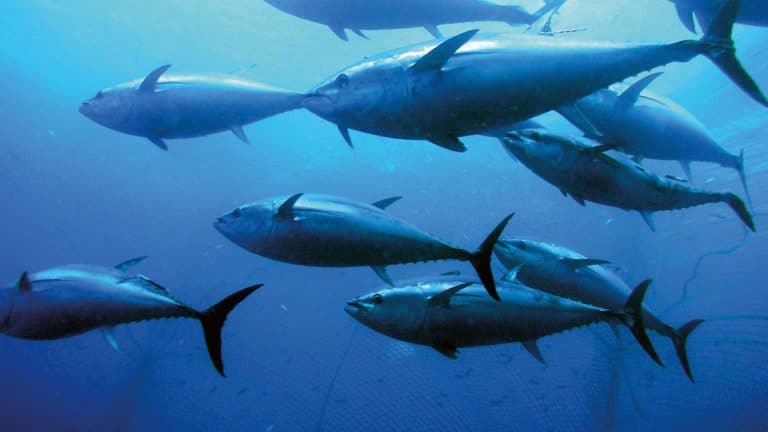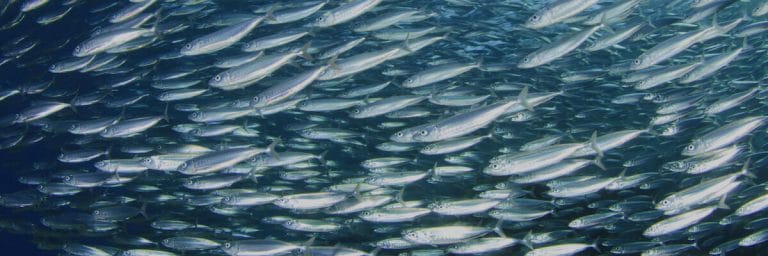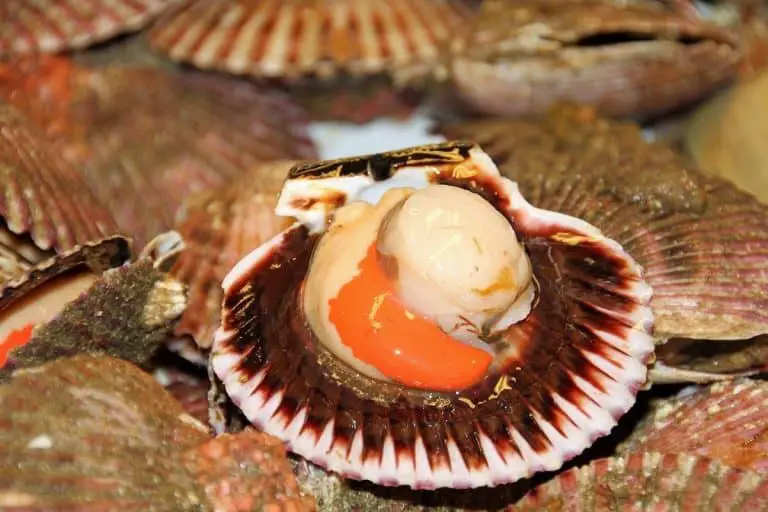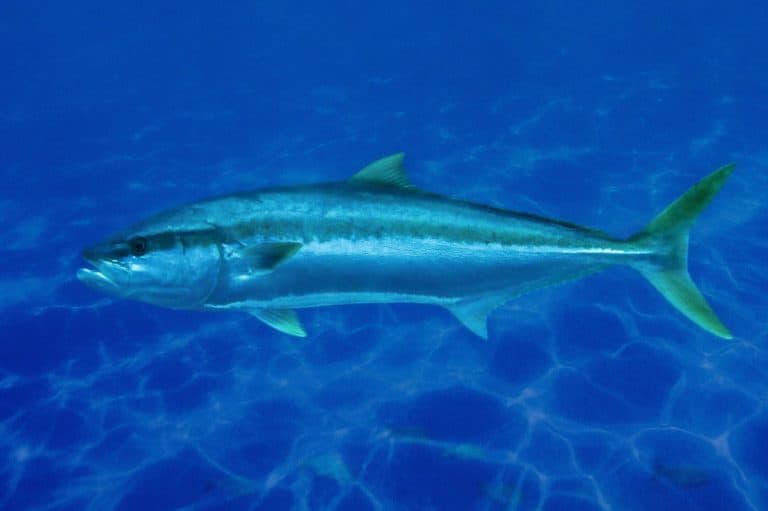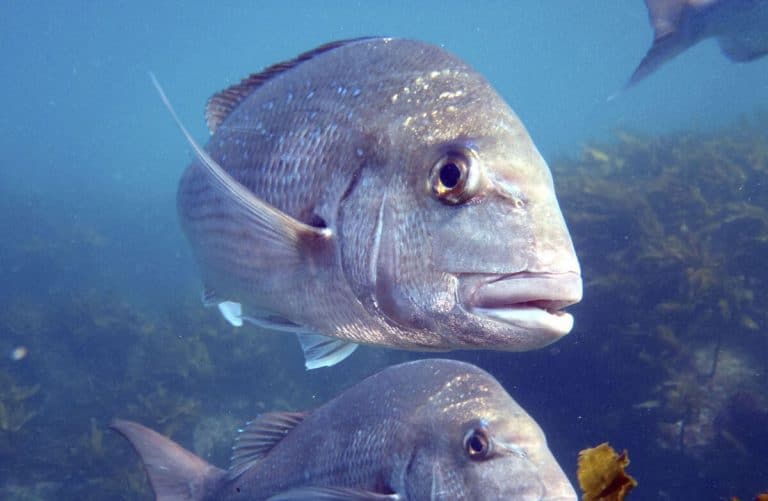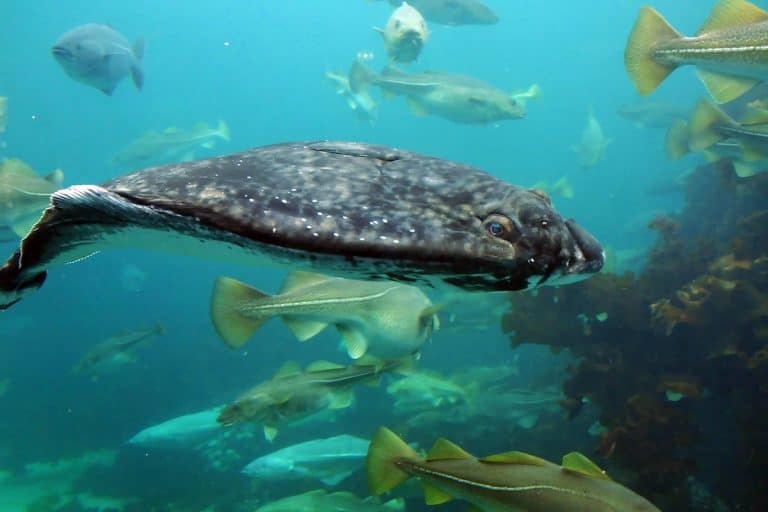Source: Farmed, some wild
Mercury Risk: Low
Not a traditional sushi fish, the stocky humpbacked barramundi is a transplant from the coasts of Australia and the tropical straits of Indonesia and Papua New Guinea. It is quite rare to find barramundi on North American sushi menus, but if it is raised responsibly, farmed barramundi can be one of the most sustainable seafood items one could hope for.
What is Akame (Barramundi)?
In the United States, barramundi is farmed in closed-containment facilities that pose no significant threat to the surrounding environment. Additionally, barramundi can be fed a diet very low in fish products, creating a net gain in protein. In fact, the metabolism of the barramundi enables it to synthesize omega-3 fatty acids (the same ones thought to improve brain development) from a heavily herbivorous diet.
Wild barramundi is not often consumed in the United States, but that’s probably not much of a loss. Stocks aren’t well understood, especially within Indonesian and Papuan waters, and quality can vary significantly. More of a concern is barramundi raised in foreign farms. These operations can be problematic as they may be using open-containment systems that don’t adequately address pollution risks or potential disease problems, and they may employ excessive amounts of fish products in their feeding protocol. Many farms—especially in Southeast Asia—are guilty on both counts.
Barramundi is an excellent choice when it comes from a U.S. farm. Luckily, most barramundi found in North American sushi bars hails from this clean, well-managed domestic industry and is a delight to the palate. Try it in place of less sustainable hirame or tai options.
Casson Trenor
Casson Trenor is a frequent commentator on sustainable seafood issues. He has been featured in regional, national, and international media outlets, including CNN, NPR, Forbes, New York Times, Boston Globe, Christian Science Monitor, San Francisco Chronicle, Los Angeles Times, Seattle Times.

